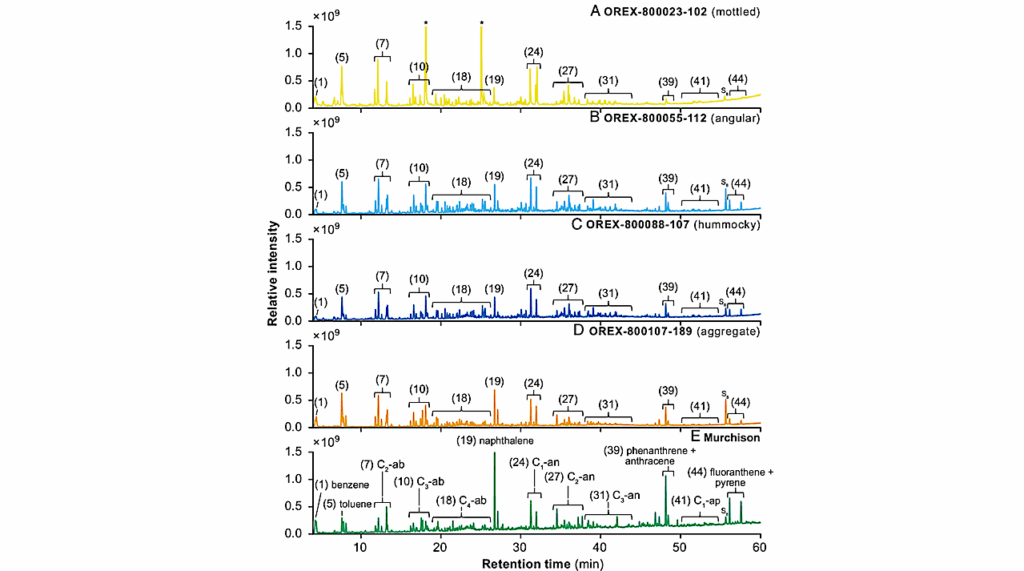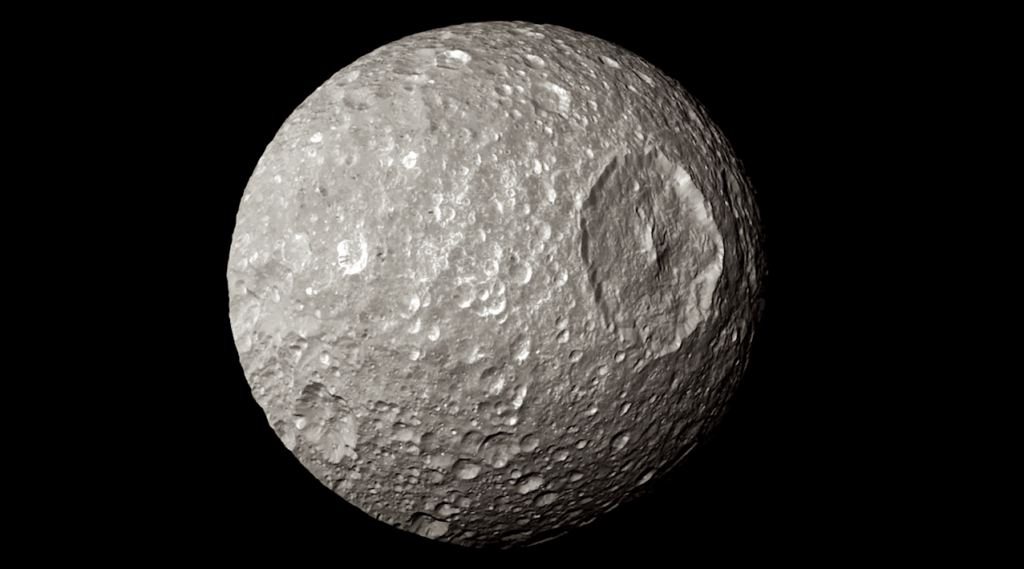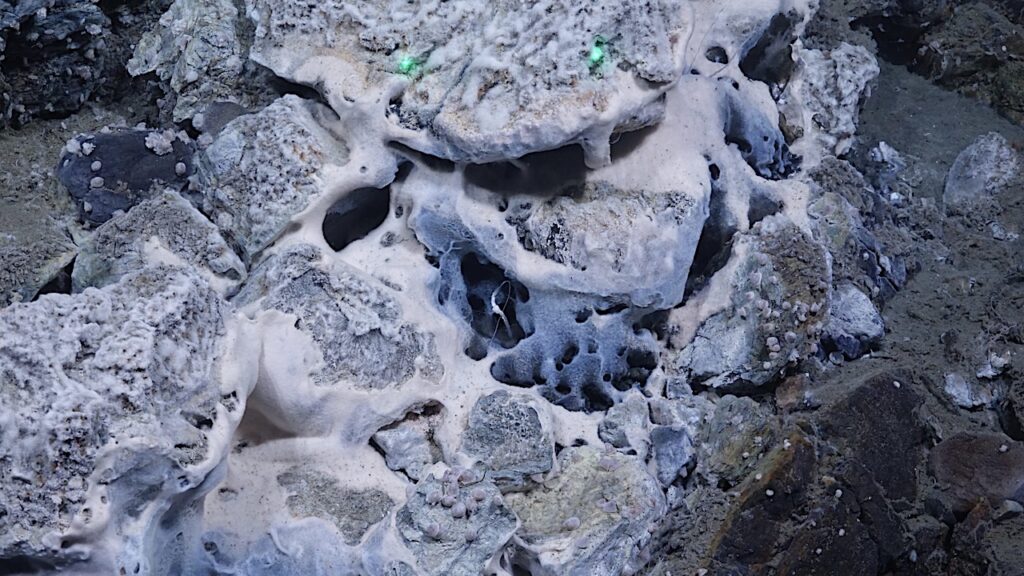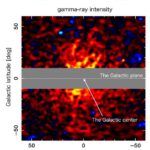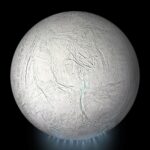Now Reading: Measurement of Photochemical Haze Refractive Indices and Hygroscopicity: Influence of CO2 in CH4/H2S/N2 Mixtures
-
01
Measurement of Photochemical Haze Refractive Indices and Hygroscopicity: Influence of CO2 in CH4/H2S/N2 Mixtures
Measurement of Photochemical Haze Refractive Indices and Hygroscopicity: Influence of CO2 in CH4/H2S/N2 Mixtures


Atmospheric organic hazes are widespread across various planetary bodies and have significant effects on both the surface and atmosphere. In this study, we investigate the optical and hygroscopic properties of organic hazes formed through photochemical processes.
The hazes were generated from the irradiation of mixtures that contained molecular nitrogen (N2), methane (CH4), hydrogen sulfide (H2S), and varying amounts of carbon dioxide (CO2) to mimic early Earth-like conditions. In the absence of CO2, the photochemical haze absorbed radiation at 405 nm.
In contrast, the incorporation of CO2 into the precursor gas mixtures resulted in hazes with reduced absorption at 405 nm. This decrease in absorption was due to the formation of non-absorbing inorganic salts and/or a change in organic composition; however, the exact composition is not fully known.
Further, we observed that these hazes exhibited varying tendencies to uptake water, with non-CO2 hazes showing no water uptake, while CO2 hazes could absorb water and increase in size.
Consequently, under humid conditions, the increased size of the haze enhanced its ability to scatter light and would thus promote cooling of a planetary atmosphere. Both the change in refractive indices and the increased hygroscopicity would contribute to greater cooling effects with higher CO2 levels.
In addition, the ability of the haze to uptake water would facilitate the particles acting as cloud condensation nuclei, potentially leading to the wet deposition of nutrients to a planet’s surface that could help facilitate the emergence of life.
Measurement of Photochemical Haze Refractive Indices and Hygroscopicity: Influence of CO2 in CH4/H2S/N2 Mixtures, Astrobiology via PubMed
Astrobiology,
Stay Informed With the Latest & Most Important News
Previous Post
Next Post
-
 012024 in Review: Highlights from NASA in Silicon Valley
012024 in Review: Highlights from NASA in Silicon Valley -
 02Panasonic Leica Summilux DG 15mm f/1.7 ASPH review
02Panasonic Leica Summilux DG 15mm f/1.7 ASPH review -
 03How New NASA, India Earth Satellite NISAR Will See Earth
03How New NASA, India Earth Satellite NISAR Will See Earth -
 04And Thus Begins A New Year For Life On Earth
04And Thus Begins A New Year For Life On Earth -
 05Astronomy Activation Ambassadors: A New Era
05Astronomy Activation Ambassadors: A New Era -
06SpaceX launch surge helps set new global launch record in 2024
-
 07Space Force plans new ‘Futures Command’ amid pressure to speed up modernization
07Space Force plans new ‘Futures Command’ amid pressure to speed up modernization













